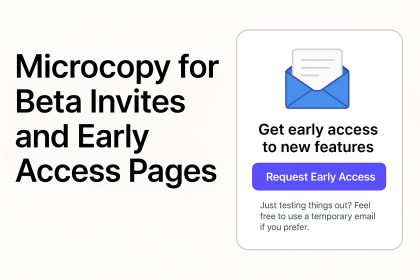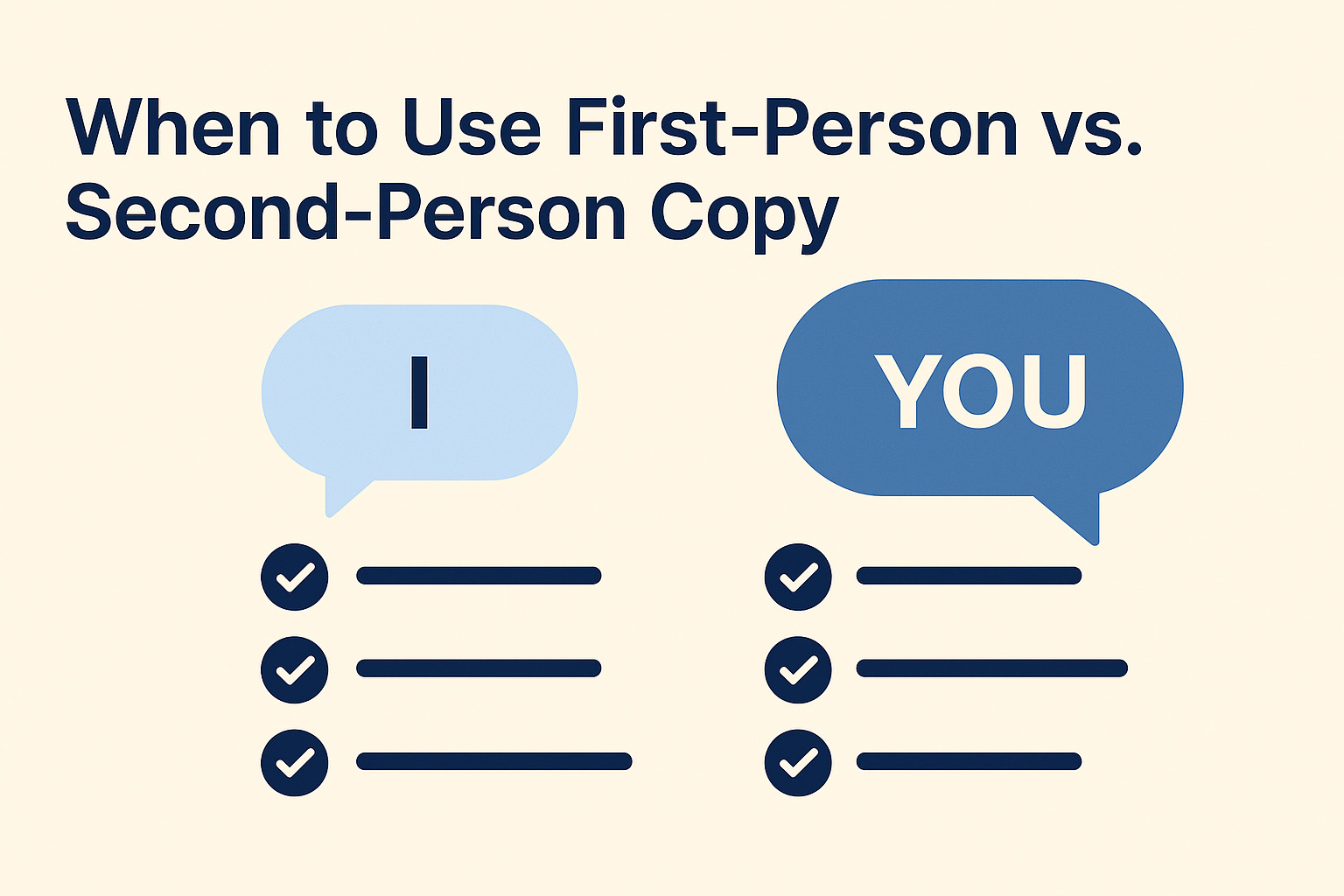Microcopy is more than mere text; it is a precise tool that steers user behavior and shapes experience. The query at hand asks whether minimal words can cause significant shifts in user actions. The answer is a resounding yes. Microcopy, when refined and tested, can alter perceptions and drive measurable engagement. This article outlines practical methods to validate microcopy through A/B testing and offers insights into crafting text that delivers clear messages.
Why Microcopy Matters
Every label, button, or instructional snippet plays a role in user interaction. Short text segments guide actions and clarify choices, setting expectations and reducing friction. Effective microcopy transforms a confusing interface into an intuitive path that invites participation. A/B testing microcopy is a systematic method to determine which wording resonates with users. It provides hard data on which variations yield better performance, whether measured by click-through rates, form completions, or other key metrics.
Steps to Test Microcopy
- Define Clear Goals
Identify the action you expect from the user. Is the goal to increase sign-ups, reduce bounce rates, or drive a specific conversion? Setting a measurable objective ensures that the impact of the microcopy is evaluated accurately. - Craft Variations
Write multiple versions of your microcopy. Each version should communicate the intended message in a unique tone or style. Focus on clarity and brevity. Consider including actionable language that invites interaction. - Set Up the Experiment
Divide your audience into segments and expose each group to a different version of the microcopy. Use an A/B testing tool that can track user responses. Ensure that the testing period is long enough to capture sufficient data for accurate comparisons. - Monitor Engagement
Analyze key performance indicators, such as clicks, conversion rates, and user session duration. Use statistical analysis to determine whether any observed differences are significant. Clear data helps decide which microcopy performs best. - Implement the Winner
Once the analysis confirms a superior version, roll it out to the broader audience. Continuous testing and refinement maintain relevance and effectiveness as user behavior changes over time.
Key Benefits of Testing Microcopy
- Increased Clarity:
Fine-tuning microcopy eliminates ambiguity and guides users through tasks with confidence. Clear instructions reduce hesitation and foster smoother interactions. - Improved Conversion:
A small change in text can trigger a significant change in user behavior. Optimized microcopy prompts actions that contribute to higher conversion rates. - User Empowerment:
Direct language in microcopy reassures users about their decisions. When text addresses concerns or confirms actions, users feel more in control. - Data-Driven Decisions:
A/B testing removes guesswork from content decisions. Testing outcomes provide a clear picture of what works best, enabling teams to make informed decisions based on real user data.
Tips for Effective Microcopy
- Be Direct and Friendly:
Use clear, simple language that speaks to users on a personal level. A tone that is inviting and conversational can encourage action without overwhelming the reader. - Focus on Benefits:
Rather than just describing a feature, indicate the benefit that the user will experience. Highlight how the action simplifies tasks or improves the overall experience. - Use Action-Oriented Words:
Words that suggest immediate benefits or next steps can make the microcopy feel dynamic. Crafting text that urges participation without being overbearing is key. - Keep Testing:
User behavior and preferences can shift over time. Regular testing ensures that your microcopy remains relevant and continues to drive desired actions.
Lessons from Successful Cases
Consider a scenario where a call-to-action button originally read “Submit.” A slight modification to “Get Started” resulted in a noticeable improvement in engagement. Users interpreted the new text as an invitation to begin a process rather than merely finishing a form. Testing different wordings over a defined period provided valuable insights that led to the final decision.
Another example involves instructional text that reassured users before a commitment. One version might state, “You can cancel anytime,” while another could say, “Flexibility built into your plan.” The variant that stressed user autonomy saw higher trust scores and fewer drop-offs.
Summary of Best Practices
- Plan Your Test:
Clearly outline objectives and segment your audience for reliable results. - Generate Variants:
Create multiple text options that address the same goal with diverse tones. - Analyze Data:
Use quantitative metrics to determine the effectiveness of each variation. - Iterate Continuously:
As user behavior evolves, update and test microcopy regularly to maintain optimal performance.
Microcopy is a powerful tool that bridges communication gaps between an interface and its users. Through systematic A/B testing, even small words can yield significant improvements in engagement and conversion. The focused approach outlined above provides a framework for teams aiming to achieve measurable impact with minimal text.




